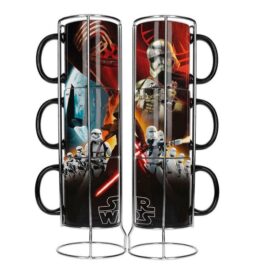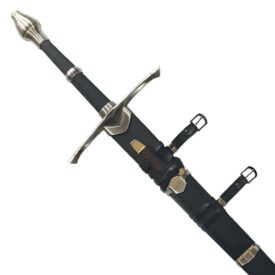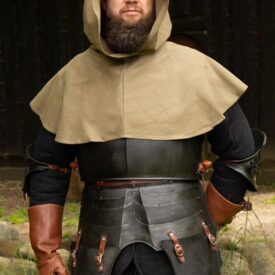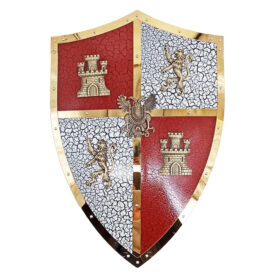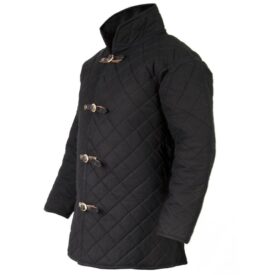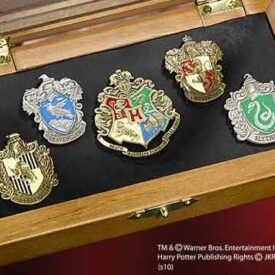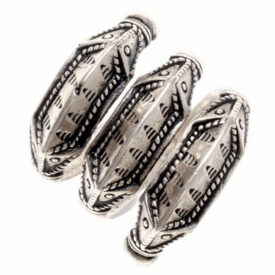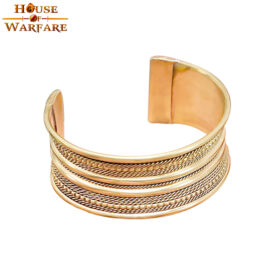Roman helmet is famous by its beauty and brightness; most of them had crests made of mane, they were also decorated with representative engraved pieces all over the helmet, turning into real pieces of art. We have been able to admire it in both TV or cinema.
Eventually, some details were added, such as a visor to protect the face, another for the back of the neck and later, a protection for neck and shoulders.
We have several types of Roman Helmets:
Montefortino Helmet, it is the oldest one, it was made of bronze with a little extension in the back side to protect the nape and the neck. It had also in its superior part, a bracket to hold the crest. Its shape had a clear evolution, sometimes it was round and other it was conical. Its frontal protection evolved until covering the entire face.
Coolus Helmet, was inspired in Gallic Coolus Helmet. They were made of bronze in an spheric or semicircle shape, they had a reinforcement in the fornt side. It also had a conical point to the crest´s bracket and a better back of the neck´s protection than the Montefortino Helmet, which was sometimes with a chainmail and others with a metal piece.
Imperial Gallic Helmet, was much more durable because it was made of iron; it also had front and back protections more pronounced, ears were also more protected. They were decorated with lacquer and a crest in its highest part.
Imperial Itallic Helment has no decoration at all, so is more alike to greek and etruscan helmets.
There is also a kind of roman helmet that includes a protection for the nose. Gladiators used it to cover their entire heads, although it has an obvious disadvantage, it restricted a lot gladiator´s visibility and hearing.
Some roman helmets had inner protection made of thick wool or covered with linen. Other way of protection was using a thick or covered cap under the helmet.
Crests or feather were most of them red, only centurions used them during the battle. They wore them from ear to ear, in a transversal way, for being seen more easily by their troops.
While tribunes and legionaries used lenghtwise crests, from the forehead to the back of the neck.









